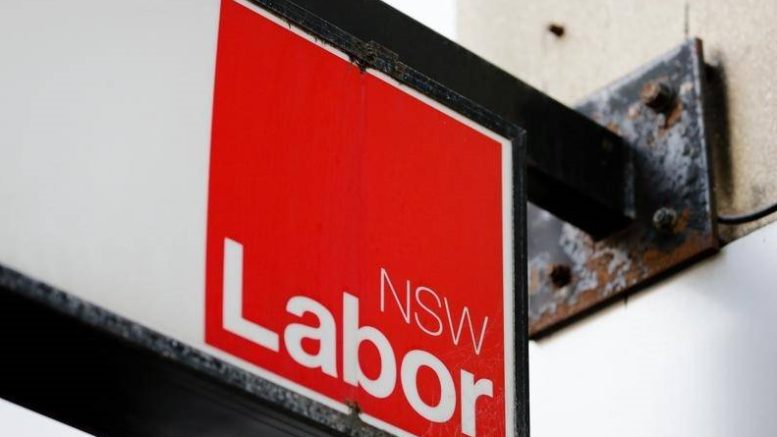NSW Labor is calling for the State Government to detail its plan to improve health outcomes for Indigenous people living in rural and regional NSW, with Shadow Minister for Aboriginal Affairs and Wyong MP, David Harris, saying that he is concerned that worrying statistics will get worse.
Shadow Minister for Health, Ryan Park, said that there were more than 700 submissions to the Parliamentary Inquiry into rural and regional health, with many detailing the dire situation faced by First Nations people.
“What these submissions are highlighting is that for people in rural, regional and remote NSW, there is an increasing burden of chronic disease, particularly in Aboriginal communities, which experience higher rates of illness, hospitalisation and death,” Park said.
“It is clear that First Nations people are being left behind by this Government.”
Harris said the latest report from the United Nations showed that Indigenous people in Australia were dying up to 20 years earlier than their non-Indigenous counterparts.
“The further you get from major centres in NSW the worse your health outcomes are, particularly chronic disease for Aboriginal people,” he said.
Harris said that statistics showed, among other things: the average annual perinatal mortality rate for Aboriginal children (0-4 years) was 45 percent higher than for non-Aboriginal children (2009-2013); smoking during pregnancy occurs in 53 per cent of Aboriginal mothers compared to 17 percent of non-Aboriginal (2012-2016); and, NSW Health has struggled to fill vacant Aboriginal Health Officer roles.
The Parliamentary Inquiry will begin public hearings from March 19, with several expected to be held in rural and regional NSW.
Parliamentary Secretary for Central Coast, Adam Crouch, said the NSW Government was committed to closing the gap in health outcome disparity between Aboriginal and non-Aboriginal people.
“Progress is being made on closing the gap in childhood vaccination coverage between Aboriginal and non-Aboriginal children, improving participation in cancer screening, and increasing early commencement of antenatal care for Aboriginal mothers,” he said.
Crouch said in addition, smoking rates among pregnant Aboriginal mothers have declined from 52.2 percent in 2011, to 43.2 percent in 2019.
“Since 2014-15, the NSW Government has increased direct funding to Aboriginal Community Controlled Health Services by $8.8M,” he said.
“In 2020-21, direct funding of $28M was provided towards Aboriginal Community Controlled Health and health-related organisations to deliver culturally safe and tailored health services.
“This includes the support of healthy lifestyles, prevention and management of chronic disease, oral health services and support for drug and alcohol prevention and treatment.”
Crouch said additional NSW Health investment in 2020-21 includes: $7M for the Aboriginal Maternal and Infant Health Service, which aims to improve the health of Aboriginal women during pregnancy and decrease perinatal morbidity and mortality for Aboriginal babies; $3M to improve house function and health hardware, to ensure social housing in Aboriginal communities can function to support healthy living; and, $1.3M for the Aboriginal Immunisation Health Care Worker Program to improve vaccination coverage and timeliness for Aboriginal children
“Improving access to health care requires a coordinated effort between State and Federal Governments, NSW Health, local health districts, specialty health networks, clinicians, patients and local communities,” he said.
“To this end, in 2019 the NSW Government established the Bilateral Regional Health Forum to improve co-ordination and collaboration.”
Terry Collins


